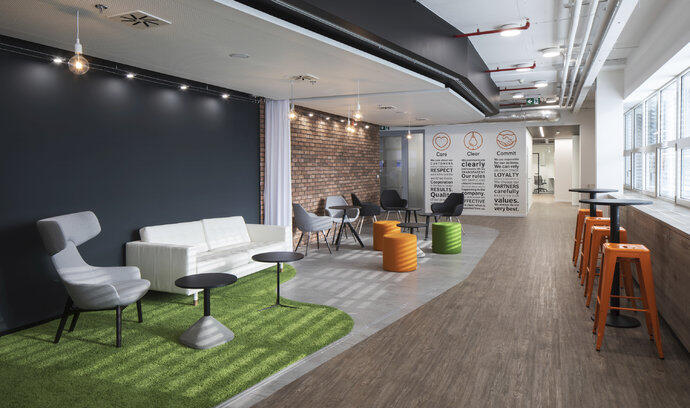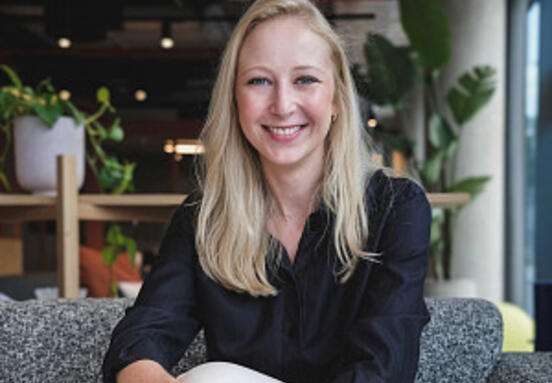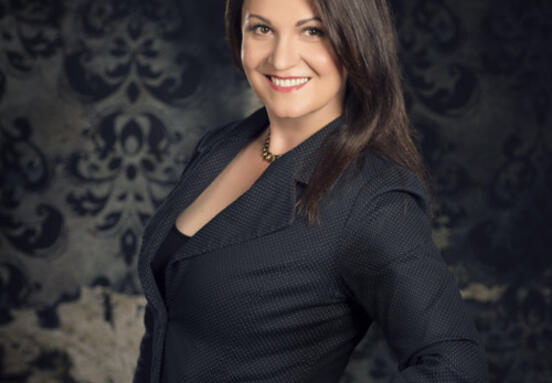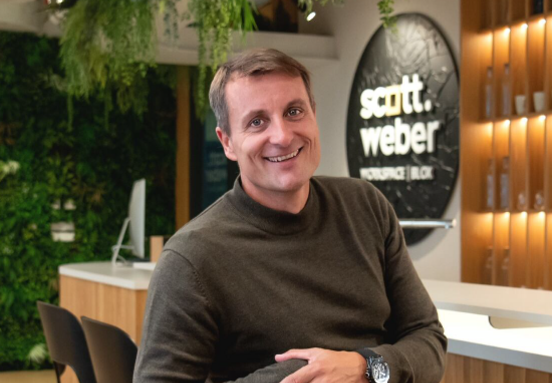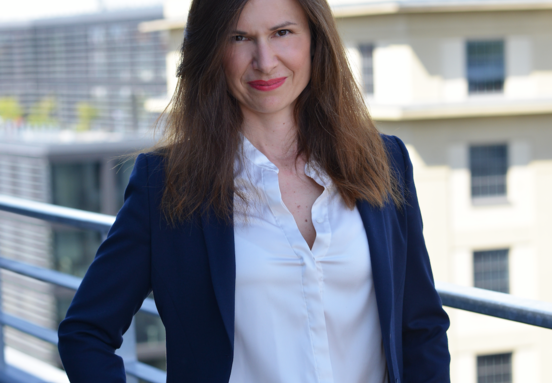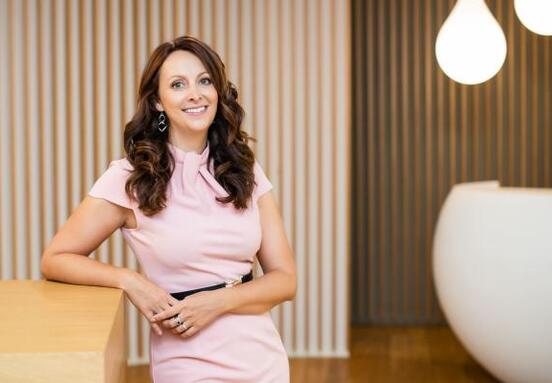We spend more time indoors. Will the situation continue to grow in the future?
In the interiors we spend over eighty-seven percent of the time, a result of urbanization. According to statistics, there are roughly 4,600 inhabitants per square kilometer in Prague, but even 67,000 people live in the same area in Manhattan. These figures show that we are still on the verge of urbanization. People's concentration is today's trend and will continue to grow in the future.
Does this affect human behavior?
The interiors greatly influence our personality, culture and style of our lives. Christian temples are a good example. The spacious and tall cathedrals were supposed to make man look up to the heavens. Similarly, the ancient Peter of Jordan works, where magnificent buildings spread out before you on the way in the confined space between the rocks. Working with interiors affects our perceptions and emotions. Imagine what a hospital looks like. It deliberately induces a sense of cleanliness and sterility. Stone cladding in banks has a stable and opulent effect and you feel that this institution will be here forever.
What about the buildings of state institutions? They usually do not work well on humans.
It is given by space and work with it. They often take him as he is and put people in it. They still work in the old style, but that will change over time. For example, in the Netherlands, even state institutions are already trying to design offices to suit people and use more diverse activity-based spaces.
What are the other trends in current office construction?
Offices are changing. Of course, they are from working in them. But they are not just about tables and jobs. The working environment is increasingly divided into different zones so that people can find the place that best suits them for the activity. Through their interiors, companies are trying to communicate their culture and vision.
Much more is working with the space to better meet the needs of employees. The exception is unconventional elements that are typical for cafes or other places where we spend our free time. If a company promotes a healthy lifestyle, it may need to fit a gym or offer healthy meals in its building. Of course, new technologies are coming into this too, and you can control lights or book a conference room over your watch. And I am glad that sustainability also speaks to the working environment.
Did the shape of the offices affect the start-up boom?
Co-working centers work very nicely with the working environment. They are diversified, there are zones for certain types of work from the start. Some start-ups are no longer looking for their own offices, but they prefer to rent a place in such a center, not only because of corporate culture but also financial flexibility.
Why is the diversity of the workspace so important?
Because every person needs something else. There are different personality typologies and this must be taken into account when designing the working environment. Most companies want to work with a wide group of people with different qualities and everyone excels in a different way. Take a job on projects where it is necessary to successfully complete the interplay of a whole team of different individuals. Therefore, it is important that every employee at work comes to their own.
What are the errors in the offices?
The biggest mistakes I think are the merging of different types of requirements into so-called multifunctional workplaces. For example, "Cubicles", where the authors have tried to show that even in an open space, an employee can work in private is an absolutely deterrent example. But this idea is completely wrong, while the advantages of both environments in such a combination disappear.
Thus, one loses the possibility of cooperation and overview within the team, but unfortunately, thanks to only partial separation, he does not get the necessary peace, quiet and privacy.
Perhaps the worst is an environment that can ultimately even undermine employees' dignity and not meet basic human needs. Examples include offices with a lack of daylight, workplaces in the corridors or otherwise isolated from the rest of the environment, end tables facing the wall and the like. The architect should ideally understand not only the technical and aesthetic, but also the physical and social impacts.
In today's economic growth period, impressive offices are not just being attractive to look at?
In many cases, companies will make offices look good in photos. Typical is football, Playstatiton or some fun zone. These are good things, but not everyone is interested in them. In the end, only one type of people can use it.
There may also be extremes where the company hires much more space than it really needs. Offices are diverse and unconventional, but at the same time there are spaces that nobody is using. Such use of space is inefficient. The other extreme is that the company has a lack of space and cannot evolve.
What will the office look like in the future?
I think that a number of routine activities will be replaced by robotics, but creative human work will not be replaced. Offices will connect people.
Do you think the quality of offices in the Czech Republic is growing?
I am convinced that the working environment is improving. But trends always come to us a little slower, which is also due to geopolitical developments. Paradoxically, this also brings an advantage, because we only take over what has worked abroad. Some dead ends, such as the huge open-space offices, have not been introduced to us on a larger scale.
Does this not only apply to Prague?
I don't think it's just Prague privilege. Companies in the Czech Republic invest in the working environment.
Source: www.e15.cz
